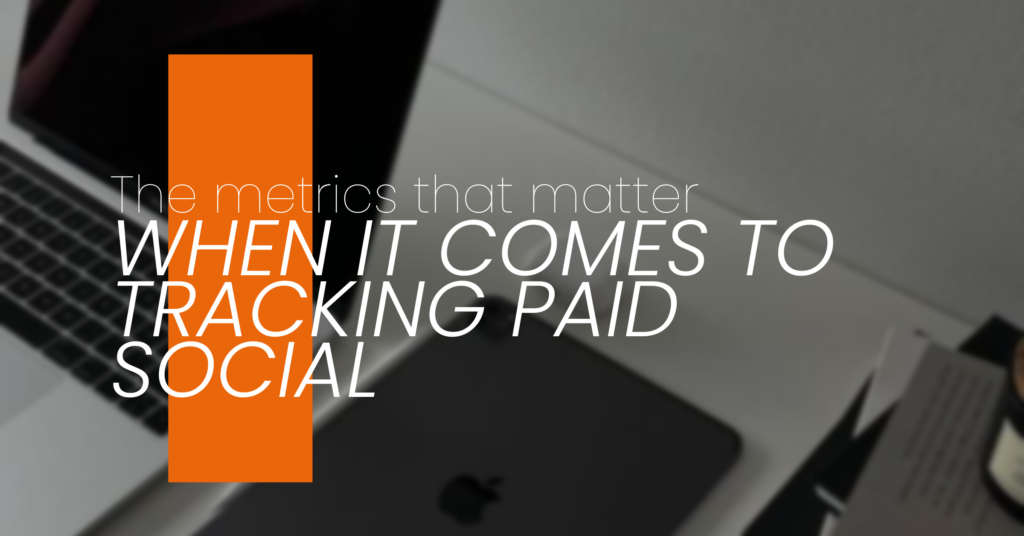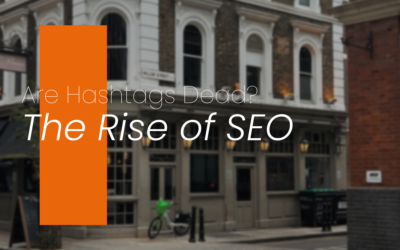Tracking the success of your campaigns isn’t just about feeling good about your marketing efforts – it’s about achieving your business goals. Even with the perfect campaign figuration across audiences, ad sets and the ads themselves, how do you know if your campaigns are successful?
That’s where Key Performance Indicators (KPIs) come in. KPIs are metrics that you can track to measure the success of your campaigns. The KPI you choose to track depends on your business goals.
So, what do these aforementioned KPI’s look like? Let’s deep dive into the most common KPI’s to consider for your paid social media campaigns:
1. Click-through rate (CTR)
Your CTR is the percentage of people who click on your ad after seeing it. A high CTR indicates that your ad is relevant and engaging to your target audience and a low CTR means that your ad might be struggling to resonate with audiences and needs to be optimised. You can calculate CTR by dividing the number of clicks by the number of impressions (or views) your ad received.
2. Cost per click (CPC)
CPC is the amount you pay for each click on your ad. It’s important to track CPC to ensure that you’re getting a good return on investment (ROI) for your ad spend. The best way to calculate it is by dividing the total cost of your ad campaign by the number of clicks.
3. Conversion rate
Conversion rate is the percentage of people who take a desired action after clicking on your ad, such as filling out a form or making a purchase. This is one of the most popular metrics to track as increased sales is often a primary goal for brands. However, it is important to keep in mind that it shouldn’t be your only goal! A high conversion rate indicates that your ad is not only attracting clicks, but also driving action. You can calculate conversion rate by dividing the number of conversions by the number of clicks.
4. Return on ad spend (ROAS)
ROAS is a measure of how much revenue your ad campaign generates compared to the amount you spent on the campaign. A high ROAS indicates that your campaign is generating a positive ROI for your business. You can calculate ROAS by dividing the revenue generated from your ad campaign by the cost of the campaign. For example, if your ROAS is 3X, that means that for every $1 you spent on your campaign, you generated $3 in revenue.
You’ll never be able to know the true success of your campaigns without getting down and dirty with the numbers. By tracking the right KPIs, you can gain insights into their effectiveness and make data-driven decisions about your marketing strategy. Whether you’re striving for a high click-through rate, a low cost per click, or a sky-high ROAS, the metrics you track will help you measure your progress and optimize your campaigns for success.











0 Comments